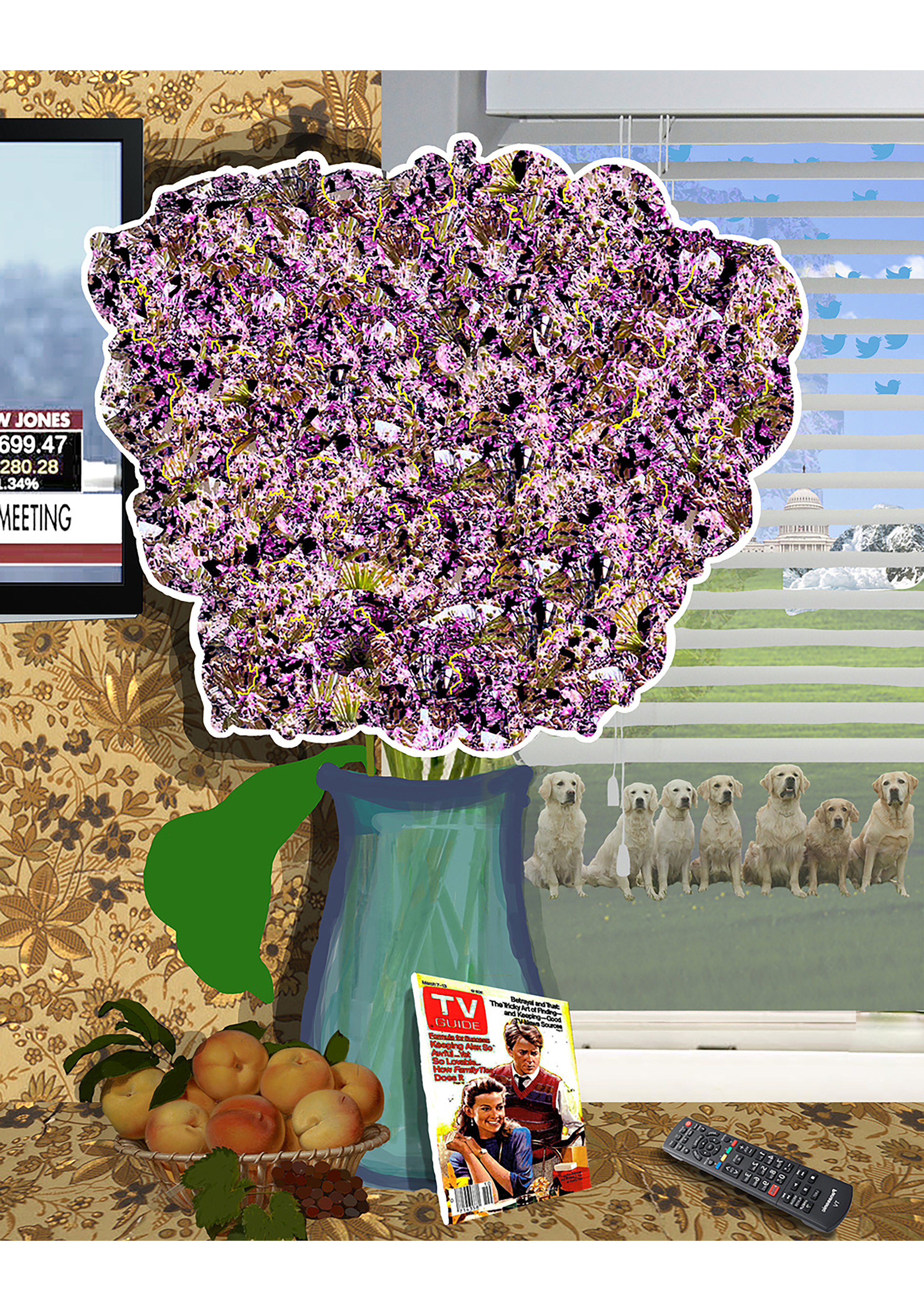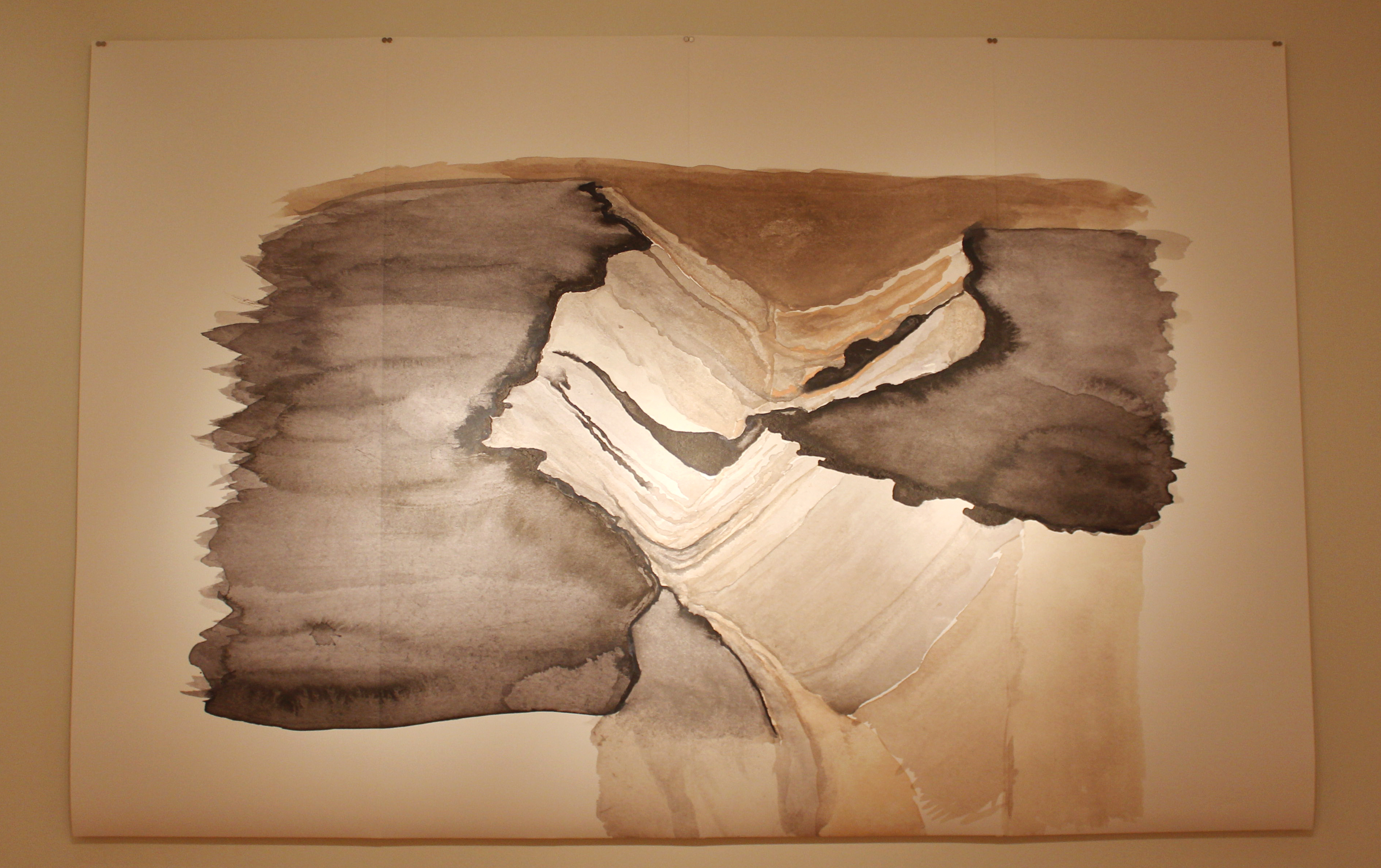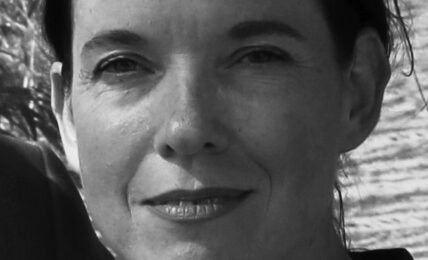Digital America interviewed Arden Schager in April of 2025 on his work the The Fields.
:::
Digital America: The Fields (2023) is a collaborative digital space exploring the “poetics and limits of digital expression, where harvest becomes a form of soft decryption and interface becomes field.” How does creating an ambient, quiet digital garden combat the “speed and extractivism of algorithmic systems”?
Arden Schager: I created The Fields in 2023, after the long stretch of quarantine. It felt like everyone was just starting to remember how to be around each other again. I wanted to make something outdoorsy and open-ended—still digital, but with the feeling of presence at times and absence at others.
I was also thinking about critical design and how we might reuse common UI elements differently. The Fields tries to resist urgency. You can plant something, leave, and maybe come back later to see how others have shaped it.
DigA: What was your approach in selecting each emoji, and what do you think of the ever-evolving catalog of emojis through the lens of “image as language”?
AS: Each emoji is an edible plant or fungus (bok choy, sweet potato, mushroom, etc.) and they’re mapped to different letters and symbols on the keyboard. There’s definitely overlap and some chaotic crossovers, but if you look closely at the fields, you might be able to make out a few words.

I like that emojis themselves are always changing and vary across cultures, yet fruits, vegetables, and fungi still refer to real things. So much can be said with an emoji, and that translates to this project in its own way.
DigA: The Digital America staff reads How to Do Nothing: Resisting the Attention Economy, by artist Jenny Odell, where she contrasts her experiences in Bay Area gardens to the growing attention economy. Can you talk a bit about your inspiration from physical/natural gardens and how it may shape your work?
AS: I was really lucky to take Jenny Odell’s class on physical and digital design during undergrad. It was a huge turning point for me, and I ended up applying to grad school for media art because of it. Her way of seeing and noticing has definitely stayed with me.
The Bay Area is a unique combination of climate and culture. The cooperative house I lived in had a big garden we tended together, and after I graduated, I kept finding these little cultivated ecosystems around the Bay. I try to carry the ethos of those places into my work.
DigA: Your work often touches on themes of memories, patterns, and poetry as seen in Memory Quilt, Interlockings, and Sowing—all using bold colors to convey a message. What roles do memory, pattern, and poetry play in the space between your work?
AS: For me, those ideas start to blend together. A memory is a kind of pattern. A poem is a pattern that creates feeling. There’s something recursive about memory. I try to let these thoughts guide the way I build digital artworks too.

DigA: Can you talk a bit about what you’re working on now?
AS: Right now I’m finishing my thesis. It’s messy and bodily, and a lot of fun! But I miss making browser-native things, and I’m hoping to return to that soon.
I really appreciate what Digital America is doing for digital art. It’s such a special space, and I can’t wait to see what everyone else contributed!
:::
Check out Arden Schager’s work The Fields.
:::




